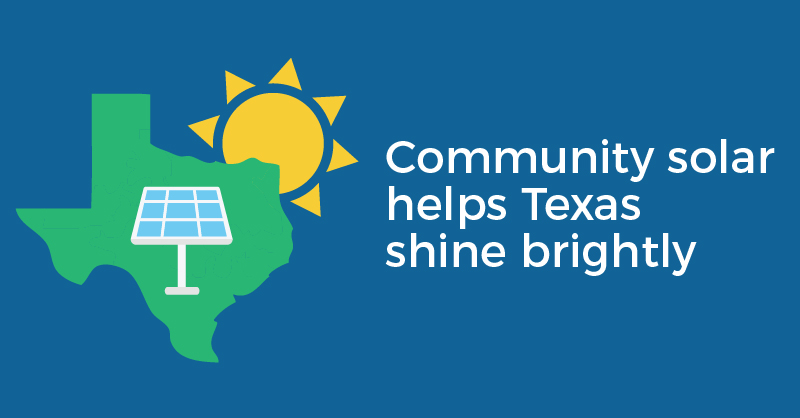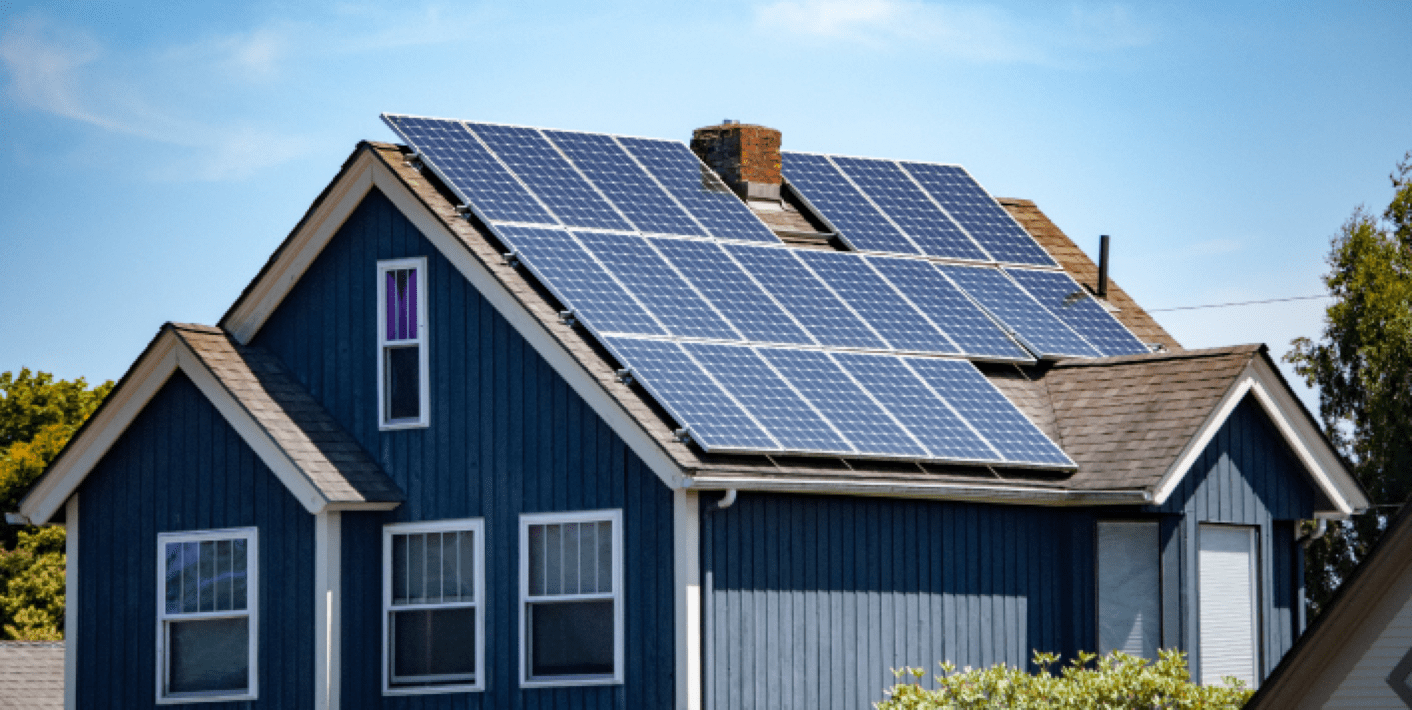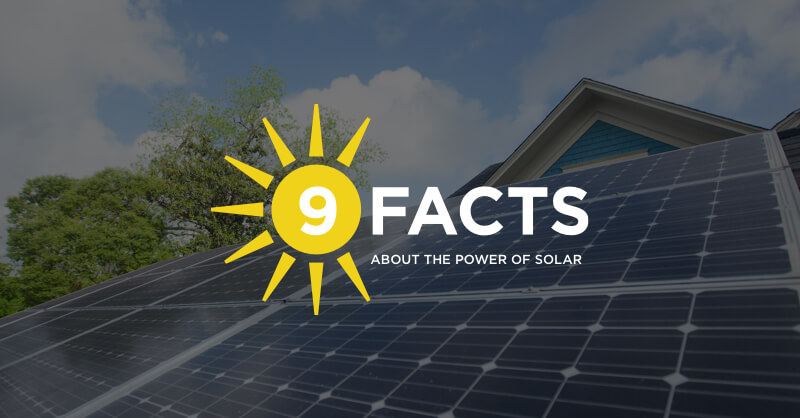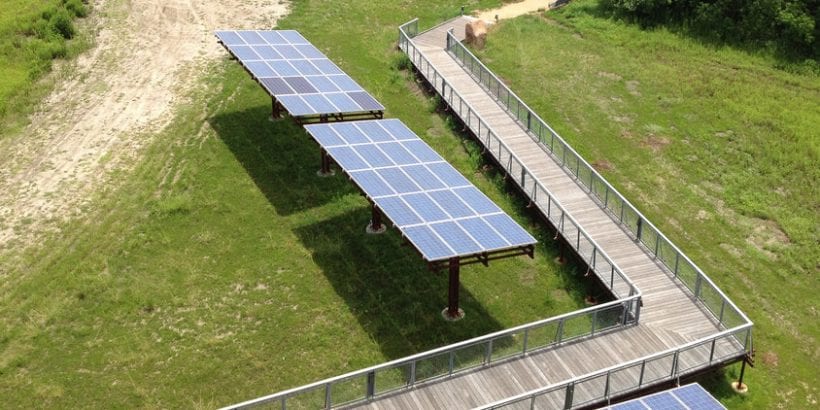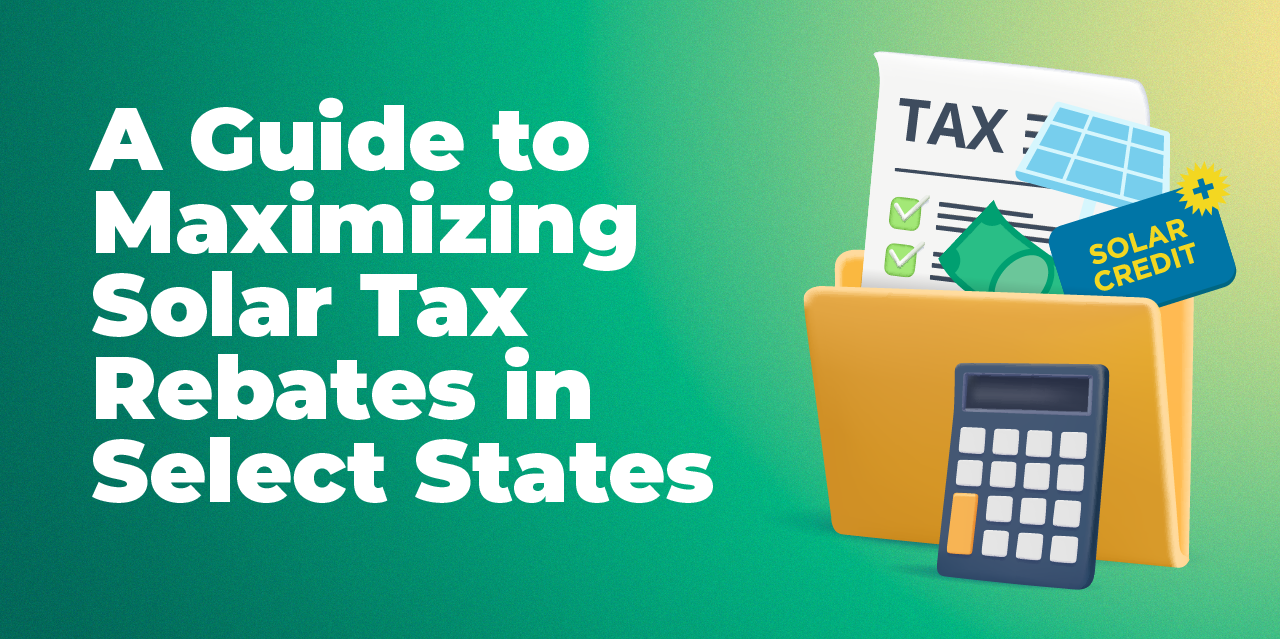Green Mountain Energy® Blog
How Solar Works for Your Home or Office

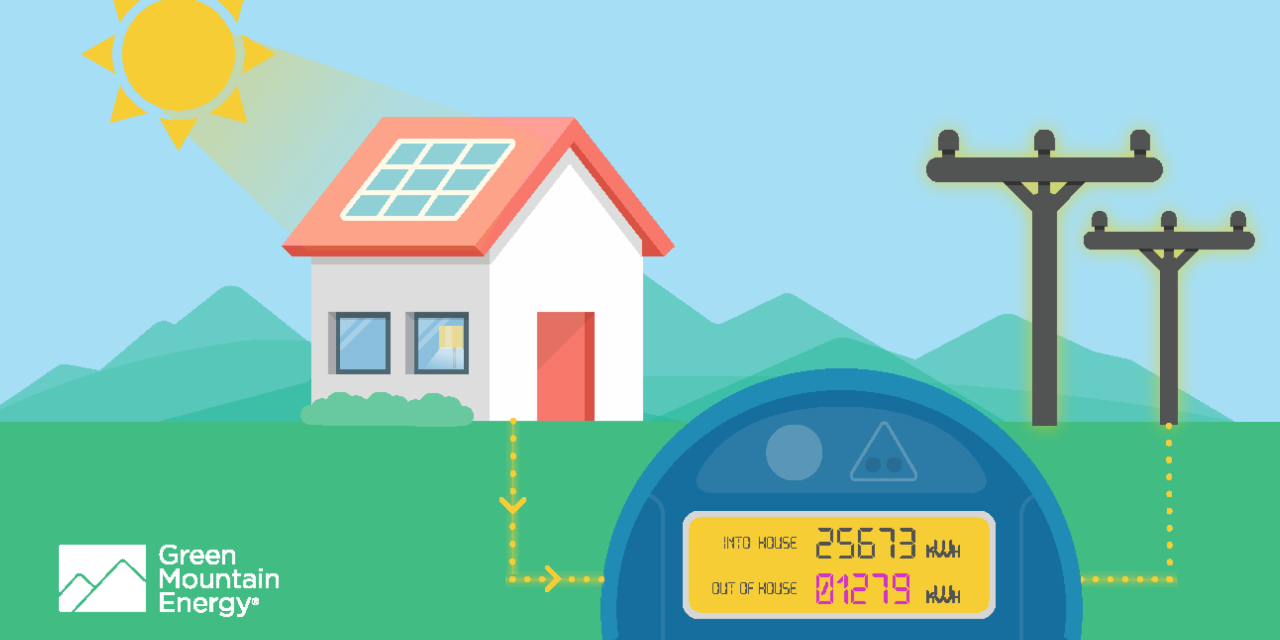

Wonder how you can put the sun to work for you? Installing a solar-panel system on your home or business is efficient, provides long-term savings and produces energy that doesn’t harm the planet; it’s 100% pollution free!
With a solar buyback plan, you receive bill credits for the excess energy your system produces when it’s more than your home or business needs. For most plans, these credits are capped at your monthly consumption from the grid. Signing up is simple. Residential customers can sign up for a Renewable Rewards® plan.



How a solar panel works
The image above shows the steps to convert sunlight into electricity.
1. Sunlight contains particles of energy called photons.
2. The panel is usually made up of silicon solar cells, which are constructed with a negative and positive layer that creates an electric field. The silicon material absorbs the photons (aka energy) from the sun and stores it. When photons hit solar cells and excite them, electrons break away and begin to move around to form an electrical current.
3. A control device called an inverter changes the electricity from direct current (DC) to alternating current (AC), which is what we use to power our lights, devices and appliances. The inverter also measures how much energy is produced by the panels.
4. The electricity flows to your home or business through a breaker box to power your energy needs. Any excess electricity is added to the grid. Customers enrolled on a Renewable Rewards plan receive bill credits for this excess electricity, capped at the monthly consumption from the grid.
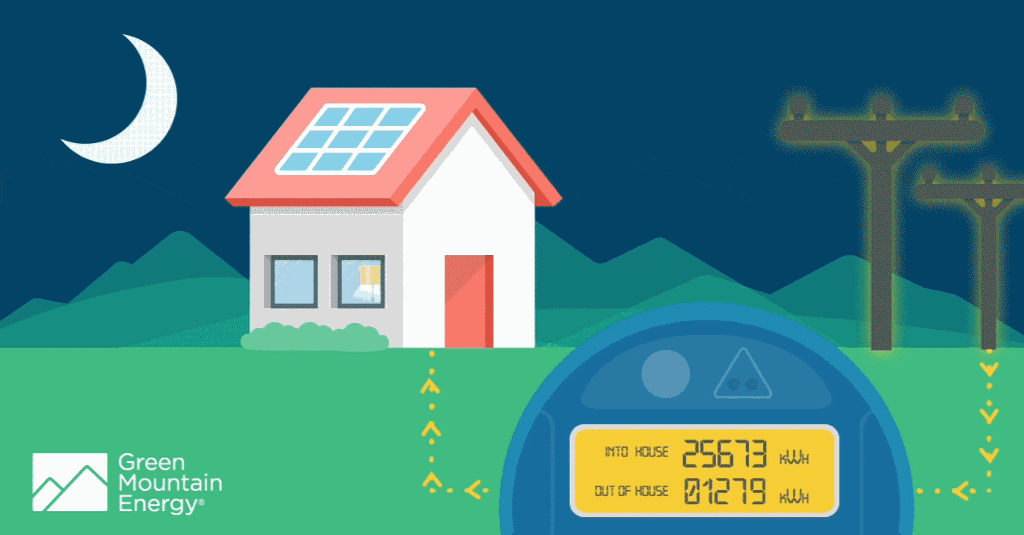


When you need energy FROM the grid
If your home or business needs more energy than your system is producing at any given moment, then you will still pull electricity from the grid. This happens at night or when it’s cloudy. Your consumption needs, along with your solar generation, determine whether you need to pull from the grid or not. A bidirectional meter signals whether you’re using energy from the grid (in-flow) or supplying excess energy to the grid (out-flow).
Here’s a real-time example:
If your home or business uses a total of 15 kWh of electricity in one hour, and your system’s solar panels produce 10 kWh over the same period, then all of the solar power produced is consumed by the home or business during this time. An additional 5 kWh is pulled from the grid to meet your consumption needs.
When it comes to billing, you’d only be charged for the 5 kWh that were pulled from the grid. So if your price is 14¢ per kWh, you’d owe 70¢. And you would not be credited for any excess energy because all of the solar power was consumed by the home or business.
Without solar panels, this home or business would have paid for 15 kWh, because it would have all come from the grid. At the same price of 14 ¢/kWh, the total charge would be $2.10 for the 15 kWh used. Having solar panels would have saved this home or business $1.40 for that hour of electricity.

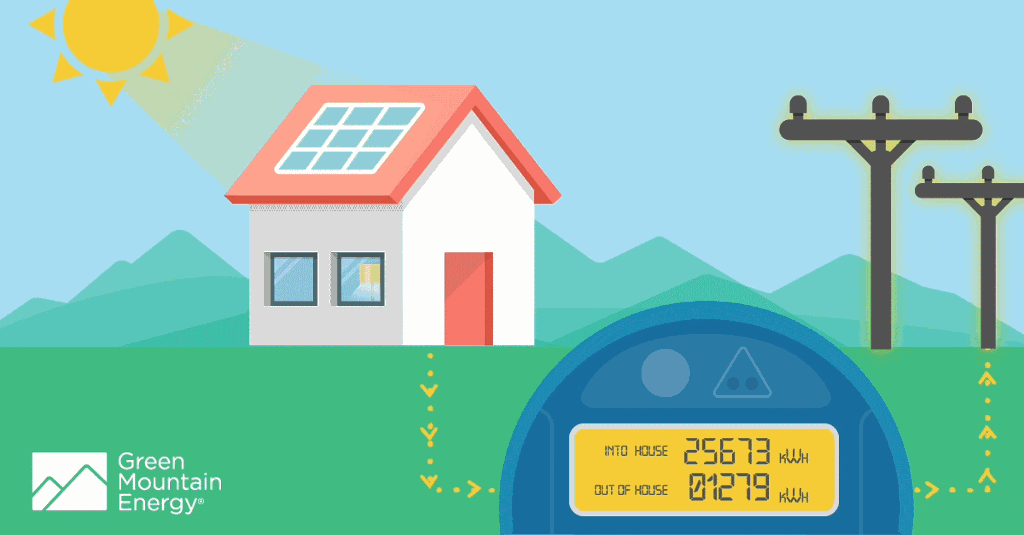

When you supply excess energy TO the grid
If your system is producing more energy than what your household or business consumes at a given time, then you will deliver excess energy to the grid. Remember, a bidirectional meter signals whether you’re consuming electricity from the grid (in-flow) or sending electricity back to the grid (out-flow).
The excess energy your system delivers to the grid is clean electricity that’s available for others to use. Supplying solar power to the grid helps build a greener grid. The excess energy your system produces helps replace traditional power generation methods with a renewable resource.
With a solar buyback plan, credits are applied to your bill for the excess energy your system delivers to the grid. These credits are usually capped at your monthly consumption from the grid and are available exclusively for residential and business customers who are enrolled on a Renewable Rewards buyback plan (customers must meet plan eligibility requirements). By generating your own power, you’re reducing your energy costs and putting more money back in your pocket.
Here’s a real-time example:
If your home or business uses a total of 10 kWh of electricity in one hour, and your system’s solar panels produce 15 kWh over the same period, then all of the electricity needs are met by the solar power your system produced. You would pull zero electricity from the grid.
When it comes to billing, you would not be billed for any electricity from the grid because none was used. Instead, you would receive a credit for the 5 kWh of excess energy that your system delivered to the grid (excess energy credits are capped at monthly consumption from the grid). The per-kWh rate at which excess energy is credited depends on the details of your solar buyback plan.
Without solar panels, this home or business would have been charged for 10 kWh of consumption. Over a monthly period, these credits for excess energy are capped at the customer’s monthly usage from the grid for most solar buyback plans.
Renewable Rewards Buyback Program
- Customers on a Renewable Rewards plan receive credits for excess energy produced by their solar system, up to their monthly usage from the grid.
- Customers on a Renewable Rewards plan will still use energy from the grid. At night, customers will always pull electricity from the grid and will be charged for that usage. However, during a sunny day, customers may deliver excess energy to the grid.
- Customers will consume some of the electricity that their system produces before it has a chance to flow through the meter. This is why the Renewable Rewards bill credit for excess energy is less than the total solar production. In cases where excess solar energy is greater than usage from the grid, the bill will only show the portion of excess energy for which customers are credited.
Want to know even more? We’ve got more benefits and information about the power of solar energy, along with details about the Renewable Rewards buyback program.
Learn how your life and home can be Powered By Sunshine.
Blog Categories
Related Articles
Our customers have avoided
pounds of CO2
That’s like planting
new trees.
